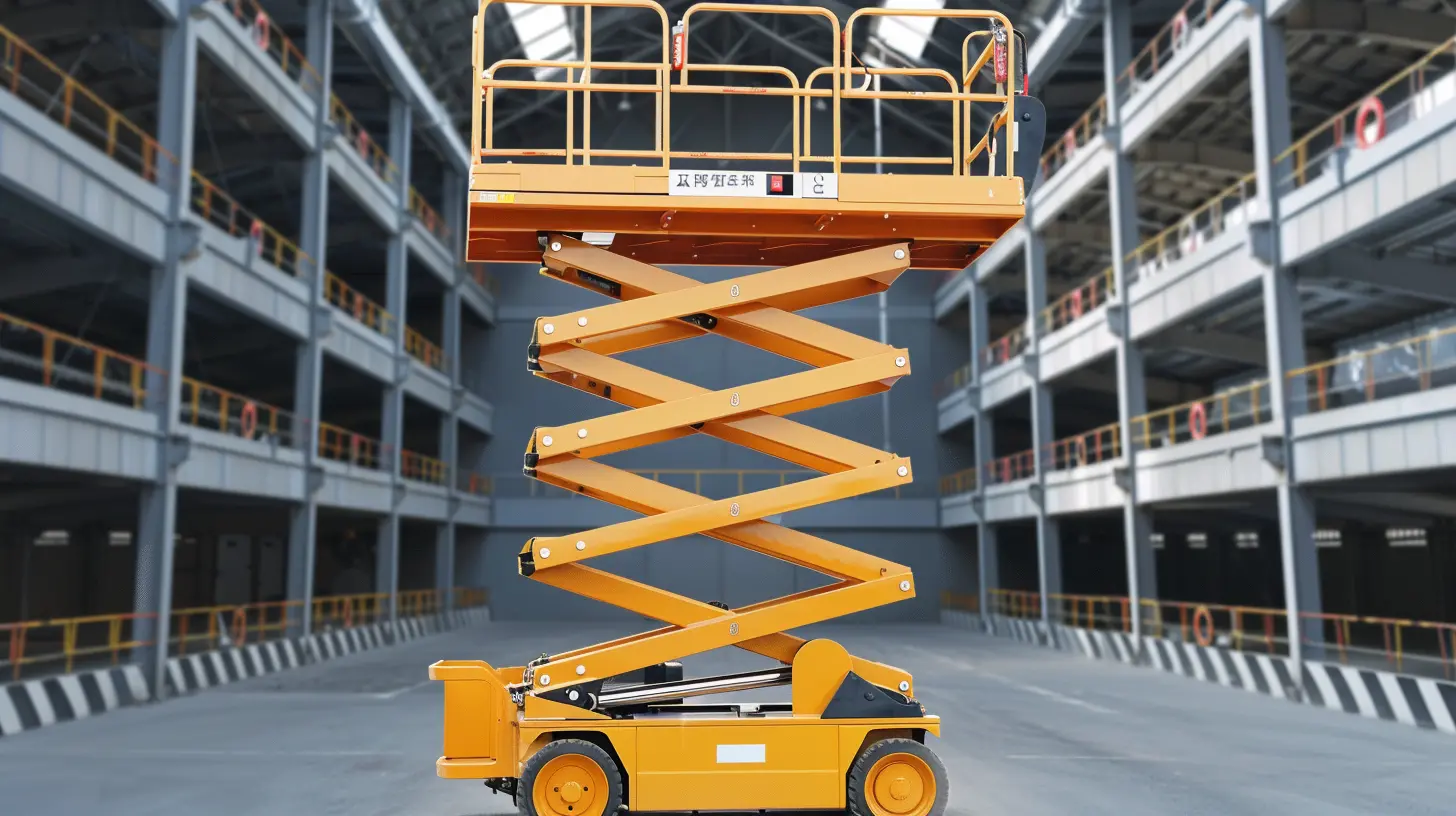
With the development of industrial automation, belt conveyors play an increasingly important role in various production tasks. Choosing the right material is crucial to the performance of the conveyor. This article will explore in depth the impact of different material choices on the performance of belt conveyors and provide guidance for enterprises to optimize the conveying system.
Common materials for belt conveyors include rubber, polyvinyl chloride (PVC), polyurethane and metal.
1. Conveying capacity: The strength and flexibility of different materials affect the carrying capacity of the conveyor. Rubber belts and metal belts usually have higher carrying capacity.
2. Wear resistance: Materials with strong wear resistance, such as polyurethane, are more suitable for long-term continuous work and have excellent resistance to material wear.
3. Temperature tolerance: Metals and special synthetic materials are suitable for high temperature environments, while PVC is suitable for ordinary temperature environments.
4. Economical: The choice of materials affects not only performance but also cost. Reasonable selection can balance performance and cost.
When choosing the material of the belt conveyor, the enterprise should consider the nature of the conveyed material, the working environment and the budget according to its own production needs, and make a reasonable choice after comprehensive evaluation. At the same time, regular maintenance and overhaul can also significantly improve the performance and service life of the belt conveyor.

Choosing the right material is crucial to the production efficiency of any company. Through a deep understanding of different materials, we are able to effectively optimize the use of belt conveyors and ensure their efficient operation on the production line.
